My Camera Settings for Landscape Photography
Today I’d like to talk about the camera settings I use when I am on location that allow me to capture the highest quality files possible, ensuring that I have the ability to create the images I envision when I get home, and that the prints I make are of the highest quality.
Image quality set to RAW
I always capture my images as RAW files instead of JPEGs. Although RAW files look flat compared to JPEGs straight out of the camera, they allow more leeway in post processing. I can bring more definition to the shadows, retain color in the highlights, dodge and burn more naturally, and reduce noise wherever I see it. All of this means more ability to create the images I envision in my head.
Manual mode to have complete control of the exposure
Landscape photography involves capturing scenes with large dynamic ranges, typically at sunrise or sunset. Using an automatic mode results in compromises to image quality that are unacceptable because it requires balancing the highlights of the sky with the shadows of the landscape. Either the shadows are too dark and noisy, or the sky is washed out. By switching to manual mode I have complete control over the exposure and can even take multiple exposures optimized for different areas of the image, combining them later in post-processing.
Ensuring that my aperture is set to the sharpest setting, focus stacking if I need more depth of field
When selecting an aperture, there is a tradeoff between depth of field and diffraction, which reduces sharpness in images. Typically the sharpest f-stop is somewhere around f/8 or f/11. Any lower than that results in a loss of depth of field and parts of the image may be blurry, any higher would increase the depth of field, but overall image sharpness would suffer. In order to maintain maximum sharpness from the front to the back of an image I use a technique called focus stacking, where I take multiple exposures focused at different points throughout the image, and then combine the sharpest areas of each frame in post-processing to form one perfectly sharp image.
Keeping my ISO at the lowest possible value to ensure the largest dynamic range and lowest noise
Higher ISO levels can introduce excess noise into the image and reduce dynamic range. I always shoot at the lowest ISO level possible, typically 100, to allow for maximum dynamic range and the lowest noise levels in an image.
Enabling the histogram to ensure that nothing is clipping
Over exposing an image can result in highlights that are clipped, while under exposing an image can result in shadows that are so dark they have no detail. To avoid this situation I ensure that the histogram is balanced. And in scenes with a particularly large dynamic range, I take multiple exposures to optimize the quality of the highlights and shadows, combining them into one image in post-processing.
Adjusting white balance to ensure that no color channels are clipping
Many photographers watch the luminosity histogram to ensure that highlights are not being clipped and shadows are not so dark that they lose detail. I also watch the RGB histogram in case any color channels are clipping, which would result in washed out colors during processing. To avoid this situation I adjust the white balance in camera until all channels are fully captured, bringing the white balance back to where it should be in post processing.
Shooting with a remote shutter release to avoid camera shake
Even the slightest movement of the camera can result in an image that lacks sharpness. Using a remote shutter release removes the need to touch the camera to capture an image, ensuring that camera shake does not occur.
100% magnification image review to ensure sharp focus
Because the camera screen is so small, it is easy to miss objects that might appear out of focus on a larger screen. Zooming in to 100% magnification ensures that every part of the image will be tack sharp regardless of how large the print is.

